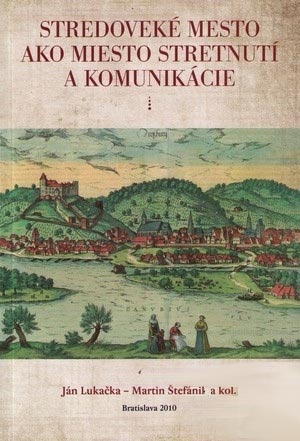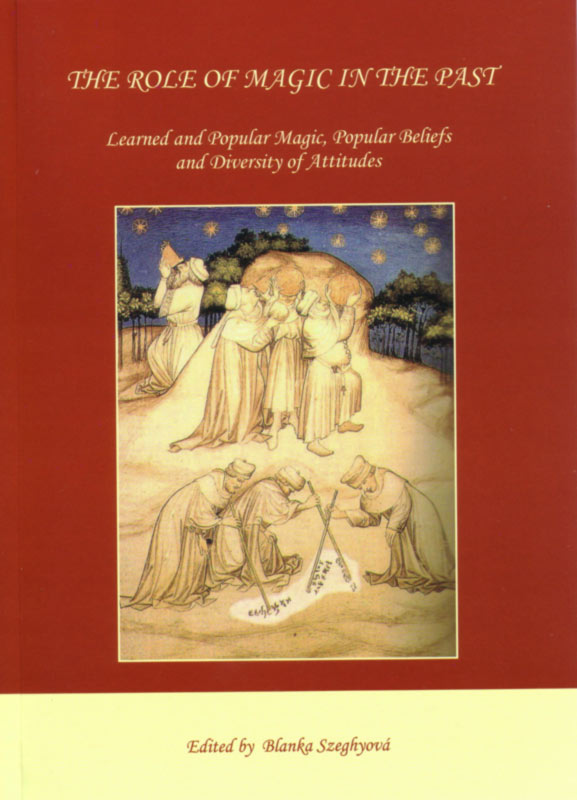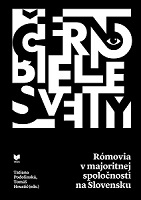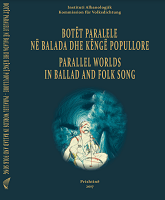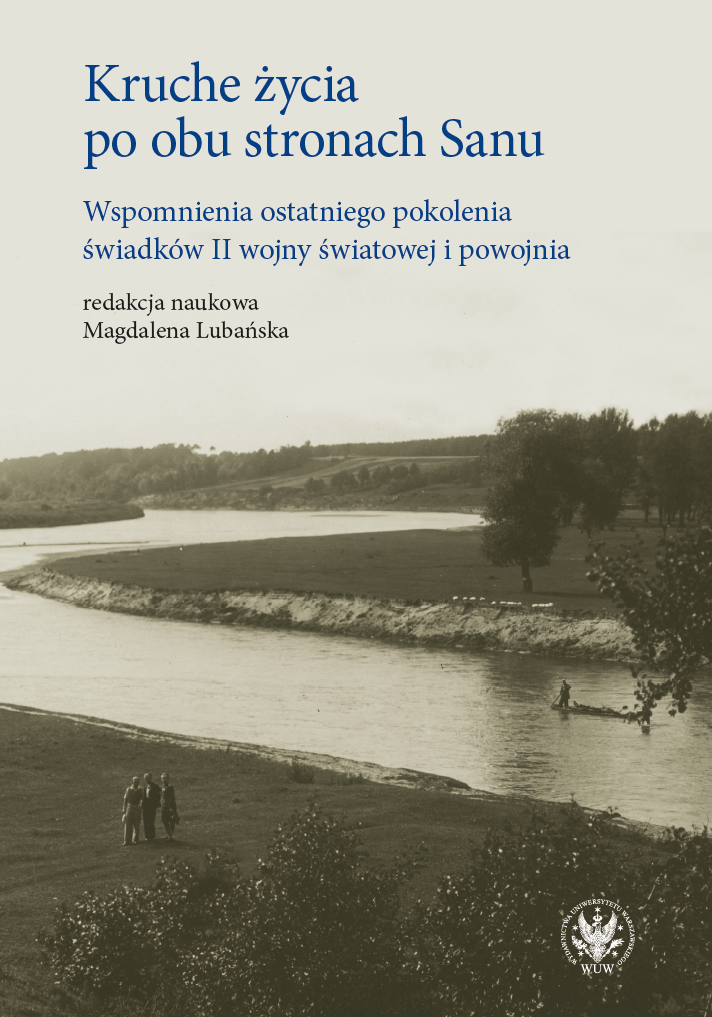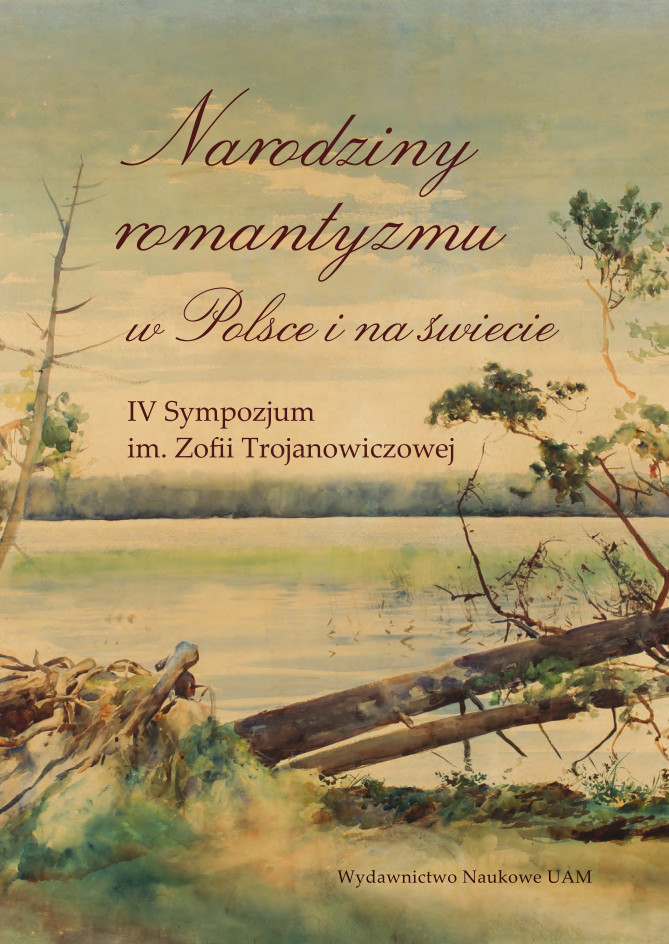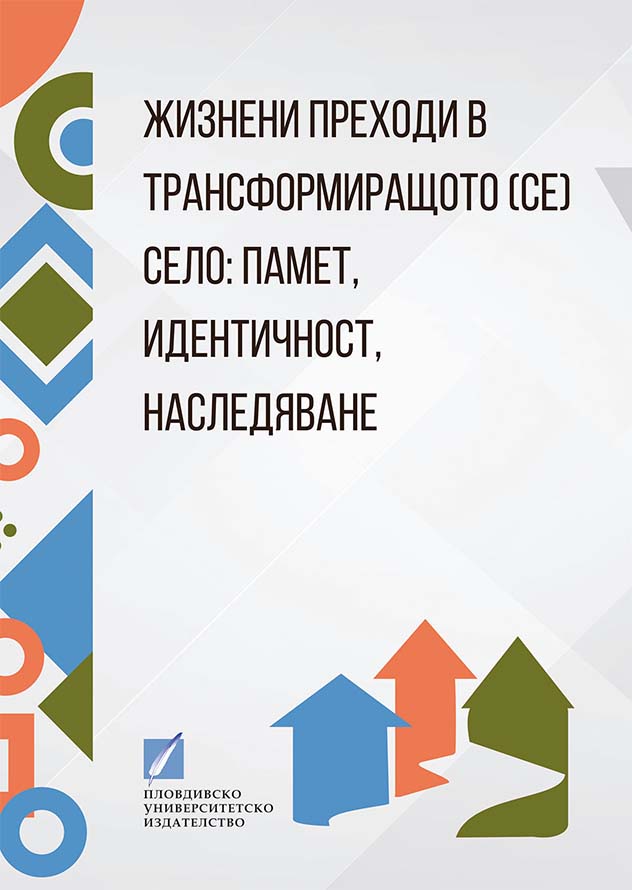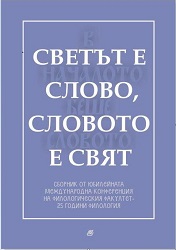
ПРАЗНИКЪТ „КАЛИНИЦА” В КОНТЕКСТА НА ЛОКАЛНИТЕ ПОЛИТИКИ ЗА КОНСТРУИРАНЕ НА КУЛТУРНО НАСЛЕДСТВО В АСЕНОВГРАД
The "Kalinitsa" festival is an example of the revival of a local tradition, which acquires new life by interpreting it as part of the cultural heritage of Assenovgrad. The "little Jerusalem" is the popular nickname of the town, reflecting a shared idea of centuries-old Orthodox culture, many churches, monasteries and chapels in the town and its surroundings. The project “Assenovgrad – the sacred gate of the Rhodopes” and the routes of pilgrimage tourism in “The Rhodope Holy Mountain” highlight these characteristics of the region. Integrated in the cultural calendar of the town, "Kalinitsa" is now a representative festival, utilized to become one of the tourist attractions. Except in print media, this event is promoted through the Facebook profile of the Tourist Information Centre at the Municipality. In the context of these policies of constructing cultural heritage and turning it into an attractive tourist product, the author presents a cultural practice and a revived tradition, surpassing the original legend. The aim of the study is to determine how "Kalinitsa" is reconstructed nowadays, what are the main functions and the importance that the local community attributes to it. The analysis identifies the main discourses associated with this holiday, paying attention to the role of collective and individual memory in shaping modern practices and models of celebration in the community. In the disclosure of all aspects of this tradition the author leans upon personal observations, stories of participants and earlier ethnographic studies.
More...
